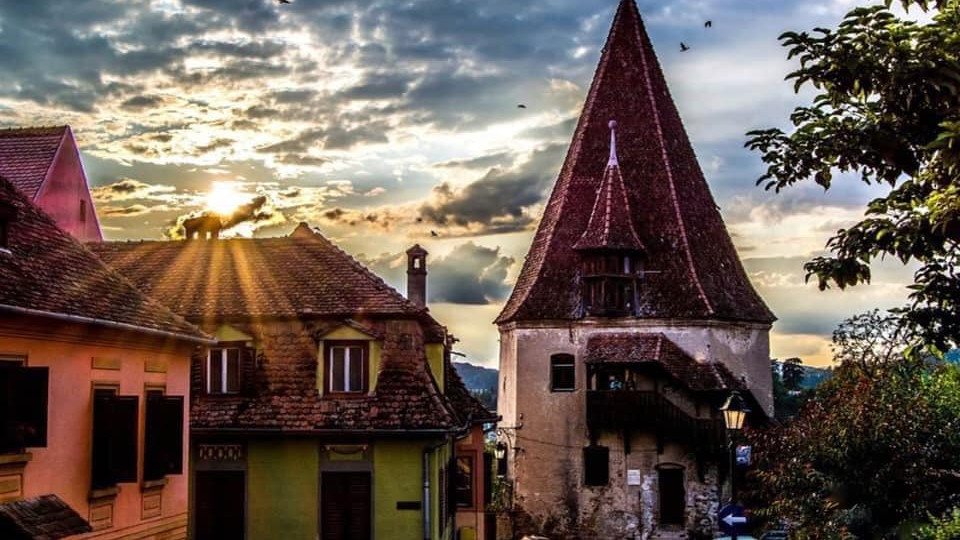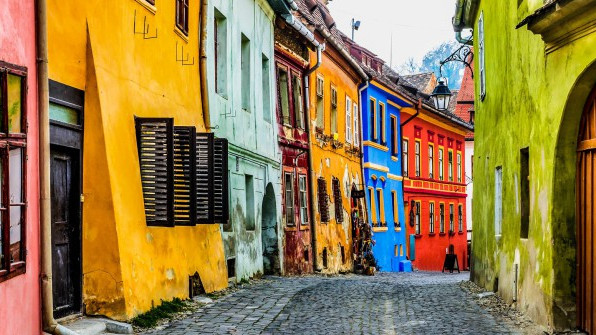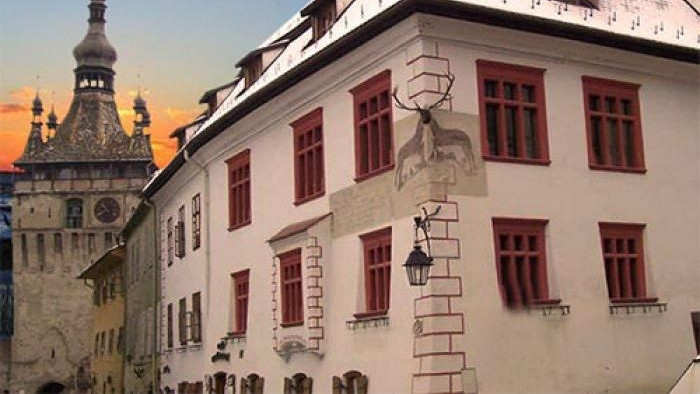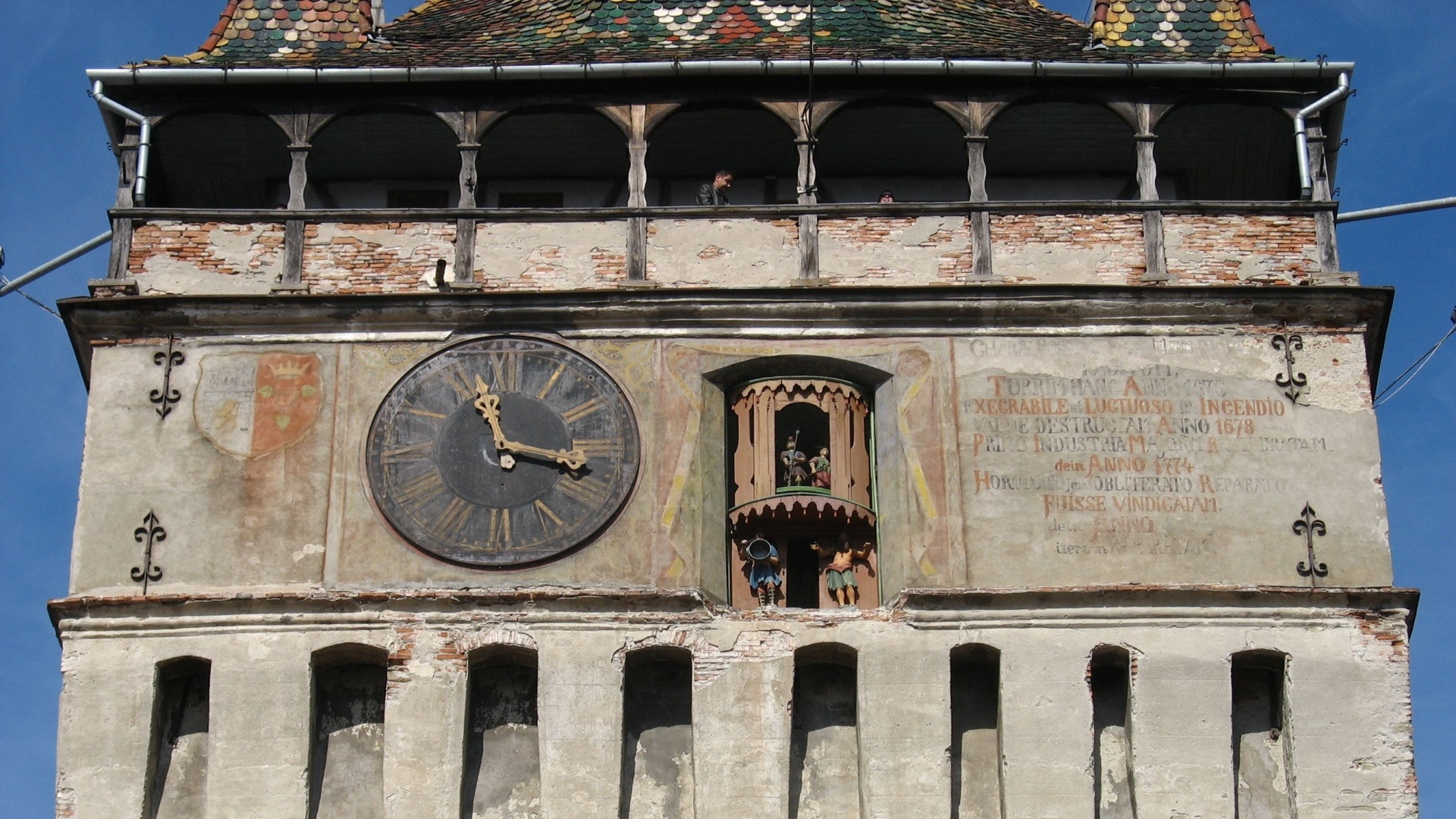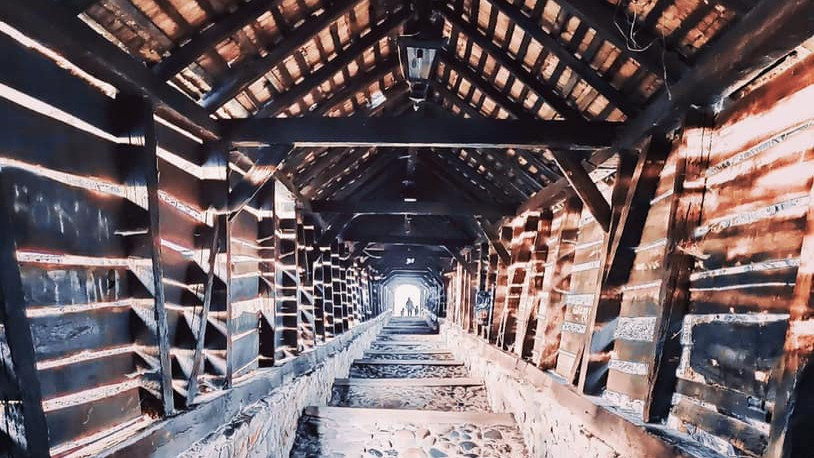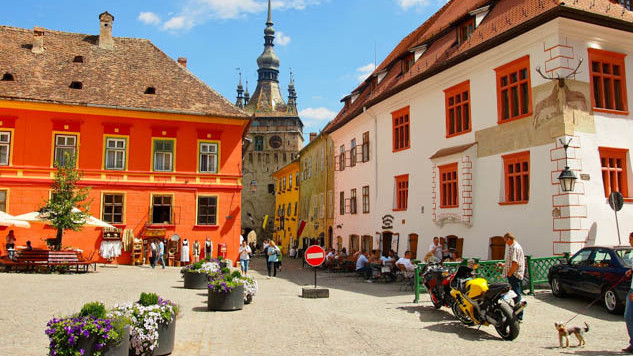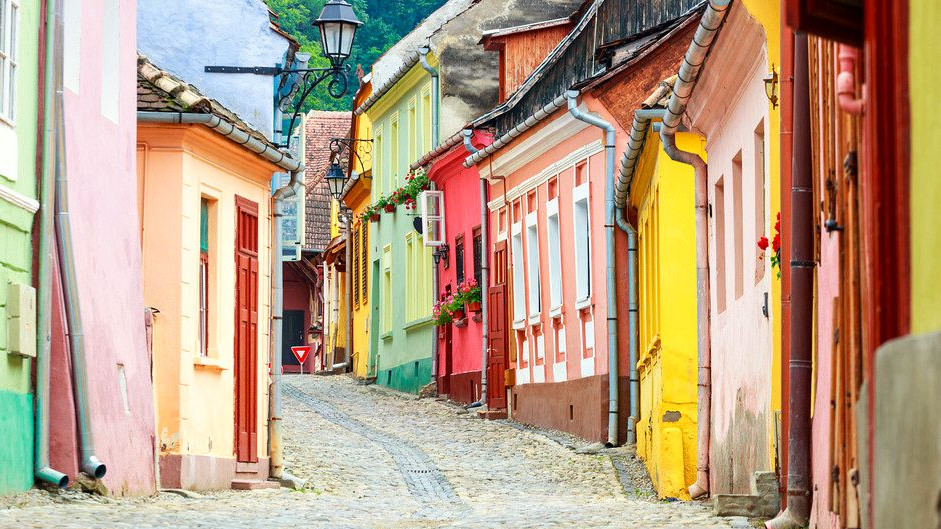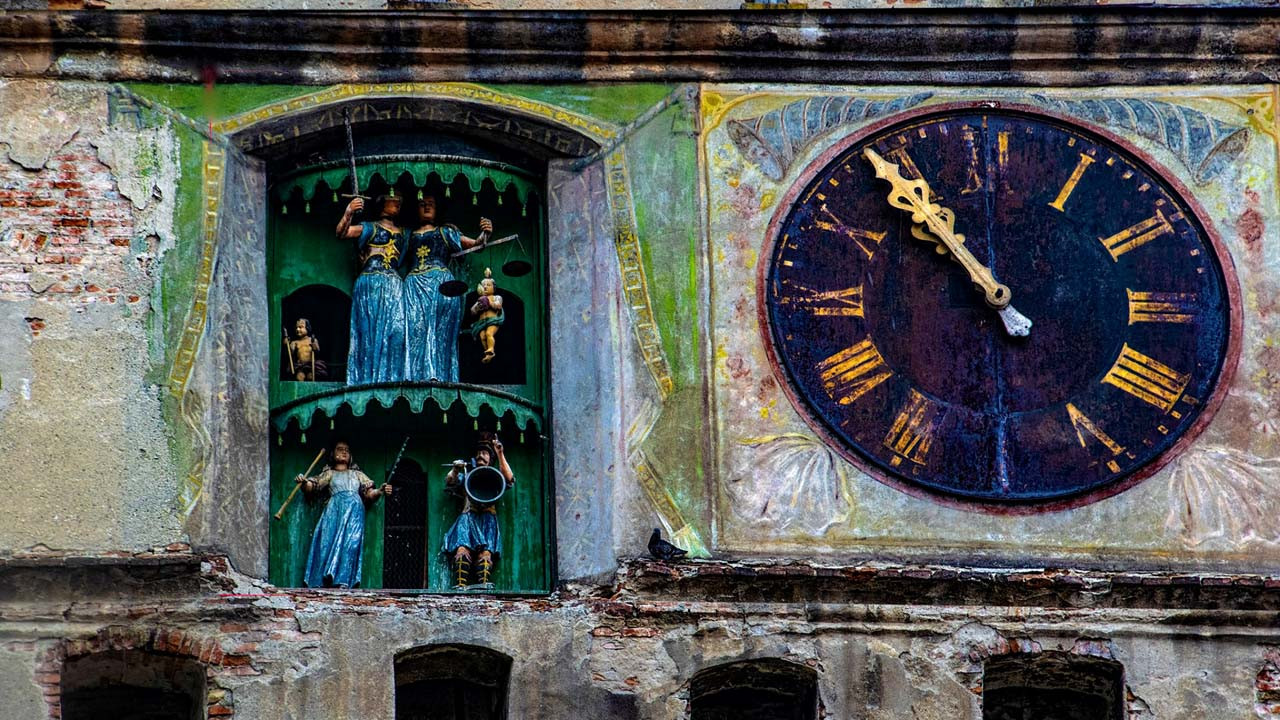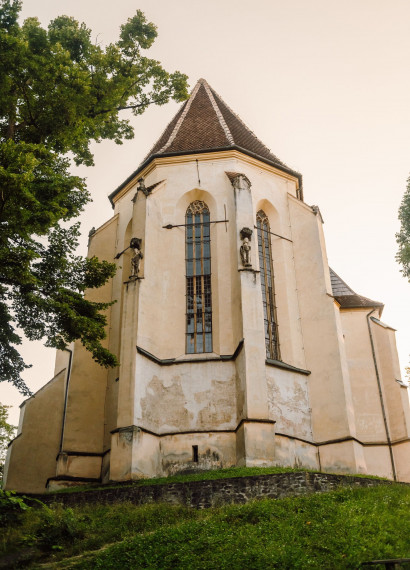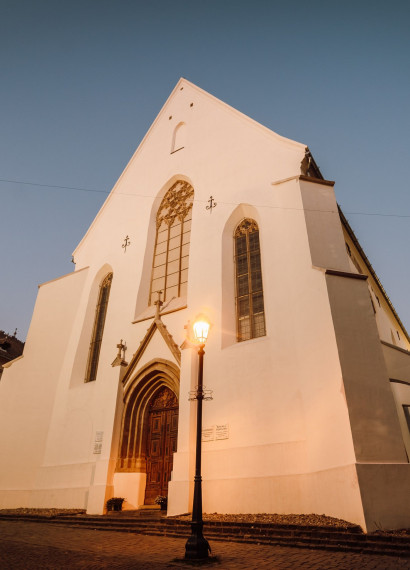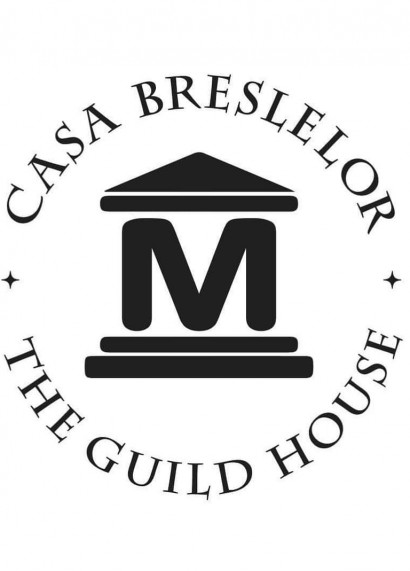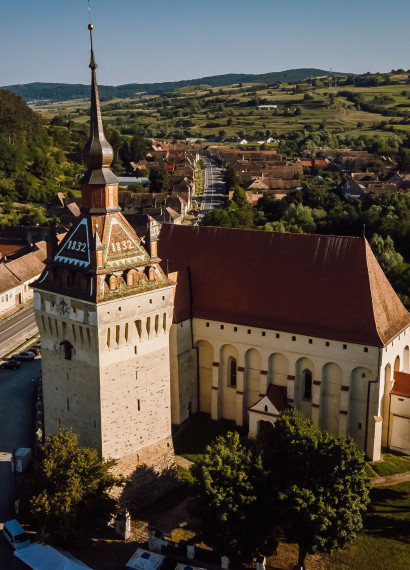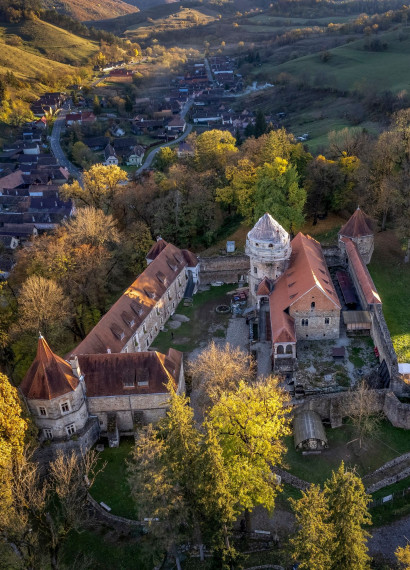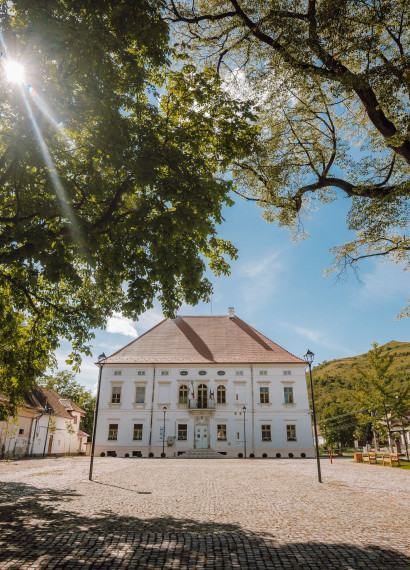The Medieval Citadel of Sighisoara
If you have already walked on the cobbled streets of Sighisoara, full of medieval charm, then you definitely want to come back and experience it again.
Located 54 km southeast of Târgu Mureș, on the middle course of Târnava Mare River, Sighișoara is also called the "Pearl of Transylvania" and it is one of the treasures of Mureș County, where the Transylvanian spirit has survived for centuries.
How and when was the citadel of Sighișoara built?
Although the history of these lands has deeper roots, from the Bronze Age and Roman times, Sighișoara was first mentioned in a document in 1280, under the name of Castrum Sex.
The most important ethnic group that determined the construction style of the town and its cultural monuments were the Saxons. The German-speaking Saxon settlers were brought to Transylvania in the 12th century by King Géza II of Hungary to guard the borders of the former Hungarian kingdom.
After settling on Târnava Mare valley, the Saxons from Sighișoara built a medieval stone fortress on Dealul Școlii (School Hill), as a refuge for the locals. The location of the fortress was not chosen at random, but it was built on the site of a prehistoric fortification, enlarged by the Szeklers in the 12th century and demolished by the Mongols in 1241, on the occasion of their invasion of Transylvania.
The town began to develop around and under the protection of this original fortress, between the 13th and the 15th centuries. In 1337, the settlement became the capital of the “Seat of Sighișoara”, and in 1367 it acquired the rank of “Civitas” (citadel, city). The inhabitants of the medieval town were craftsmen, who were organized in guilds since the beginning of their arrival.
With a rich history behind it, marked by battles, earthquakes, floods, epidemics or fires, Sighișoara has endured over the centuries, to become one of the few medieval sites left standing, almost unchanged to our days!
The main tourist attraction in Sighișoara is the medieval citadel, a UNESCO World Heritage Site since 1999. The defensive system, built and guarded by the guilds, was once composed of a 930-meter-long wall, 14 defence towers and 5 artillery bastions. Of all these, 9 towers, 2 bastions and part of the enclosure wall are still preserved. Each of the 14 towers belonged to a guild, hence their names: Tanners' Tower, Blacksmiths' Tower, Shoemakers' Tower, Tailors' Tower, Furriers' Tower etc.
The most representative of these and an important tourist attraction in the citadel is the Clock Tower, the symbol of the town, which can be noticed from afar. Once you walk through the gate of the Clock Tower, you immediately get immersed in the medieval atmosphere of the long-past times, with towers, churches, bastions and well-preserved, at least 300 years old houses.
With a height of 64 meters and 5 levels, the Clock Tower was built in the 14th century to protect the main gate of the upper town. It was rebuilt in 1677, after the great fire of 1676, when it received the baroque style roof with the 4 turrets, which symbolized the judicial autonomy of the town. Until 1556 the town hall functioned here, and from 1899 until today, it has been the headquarters of the museum in Sighișoara, hosting the History Museum at the present.
Along with the clock structure and the two huge dials on the outside, the most beautiful elements of the Clock Tower are the rotating wooden figurines created by Johann Kirschel in 1648, depicting deities from the Greco-Roman and German pantheon, wearing medieval alchemy symbols.
Another absolutely original building in the citadel is the Scholars’ Staircase or Covered Staircase, built in 1642. It originally had 300 steps, but after the modifications of 1849 only 178 wooden steps remained, which facilitate the access to the high school and the Church on the Hill. It currently has a stone foundation with wooden walls and a shingled roof.
Next to the Clock Tower there is the Dominican Monastery Church, which, together with the Church on the Hill, are the only surviving buildings of the old rural Gothic architecture, from before the fire of 1676. On the left side of the Museum Square there is "Vlad Dracul House", one of the oldest buildings in the citadel. It is assumed that Vlad Țepeș was born here, who is known among foreign tourists as Dracula, due to the association of the Wallachian prince’s name with the character in the successful novel Dracula, written by Bram Stoker. There is currently a restaurant here and Dracula's fans can buy vampire themed souvenirs.
On the eastern wall of the citadel, you can see two towers: the Tinsmiths’ Tower and the Tanners’ Tower. The two towers are connected by the Archers' Corridor. Unfortunately, due to earthquakes and fires over the centuries, these towers are in a deteriorated state.
Right across the Dracula House, there is the "Venetian House", dating from the 16th century and so named because of the stone frames of the windows, typical of the Venetian Gothic style. The most important inhabitant of the Venetian House was Stephanus Mann, former mayor of Sighisoara. Also known as Casa Mann, the building has recently been beautifully renovated.
Another very attractive building is the "Deer House", representing the late Transylvanian renaissance in Sighisoara. Today, it serves as a hotel and restaurant, and inside you can admire panelled ceilings and entirely painted walls.
There are many tourist spots to visit in the citadel, and the list can go on, so you should add Sighișoara to your wish list and visit it as soon as possible!
And if you have already been here, we are sure you will want to come back, especially if you plan to stay longer and take advantage of the recreational opportunities in the surrounding area: unique accommodations in the Saxon area, gentle hills perfect for hiking, cycling or horseback riding, other tourist attractions worth visiting, such as Bethlen Castle in Criș or the fortified churches in Archita, Saschiz, Cloașterf.
Come and discover the magic inside Transylvania!
